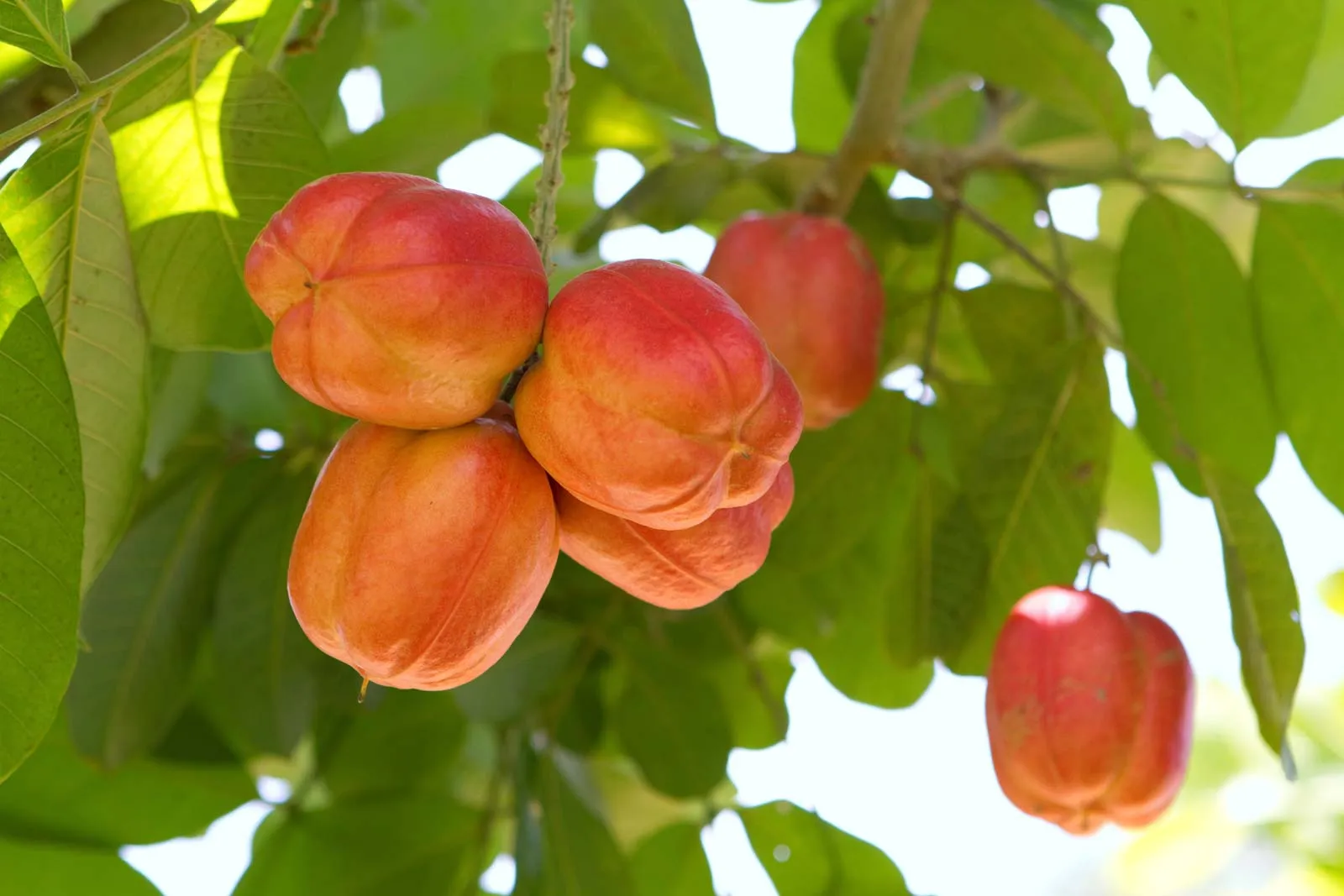History
The ackee, also known as ankye, achee or ayee with its scientific name as Blighia Sapida is a fruit originating from the tropical West Africa. It is traced to be from the Sapindacease family. Its scientific name honours Captain William Bligh who took the fruit from Jamaica to the Royal Botanic Gardens in Kew, England in 1793. Currently, it is found mostly in West Africa, the Caribbean, Southern Florida and Central America.
Nature
Ackee fruits grow on evergreen trees and are available throughout the year. It is suitable for cooking when the pods are bright red and they split open easily to expose the edible fruit inside. The fruit requires a little bit of prep work before it can be eaten, but it’s not strenuous. Although it is creamy in texture and delicate like eggs, it possesses a finishing taste with a slight bitterness. The leaves are 15 to 30 centimetres long, and 5 to 8 centimetres wide. The inflorescences are fragrant, up to 20 centimetres long and have unisexual flowers that bloom during warm months. Each flower has five greenish-white petals, which are fragrant.
Health Benefits
1. May Lower Blood Pressure
Ackees contain high potassium content and act as a vasodilator which in turn reduces the strain on your cardiovascular system.
2. May Aid in Digestion
The high fiber content in ackee is ideal for digestion. The dietary fiber helps in bulking up the stool, as well as eliminating constipation. It does this by inducing peristaltic motion in the gut. With this, it helps move food along; thereby, preventing bloating, constipation, cramping, and even inflammation of the colon.
3. May Increase Bone Strength
Some of the essential minerals found in ackees are calcium, phosphorus, zinc and iron, all of which may contribute to healthier bones and prevent bone loss and demineralization.
4. May Regulate Circulation
Anyone suffering from anemia means that he or she lacks iron in their diet. Iron is a key and essential nutrient needed to improve circulation. It must be noted that iron is a key component of hemoglobin.


Comments are closed.